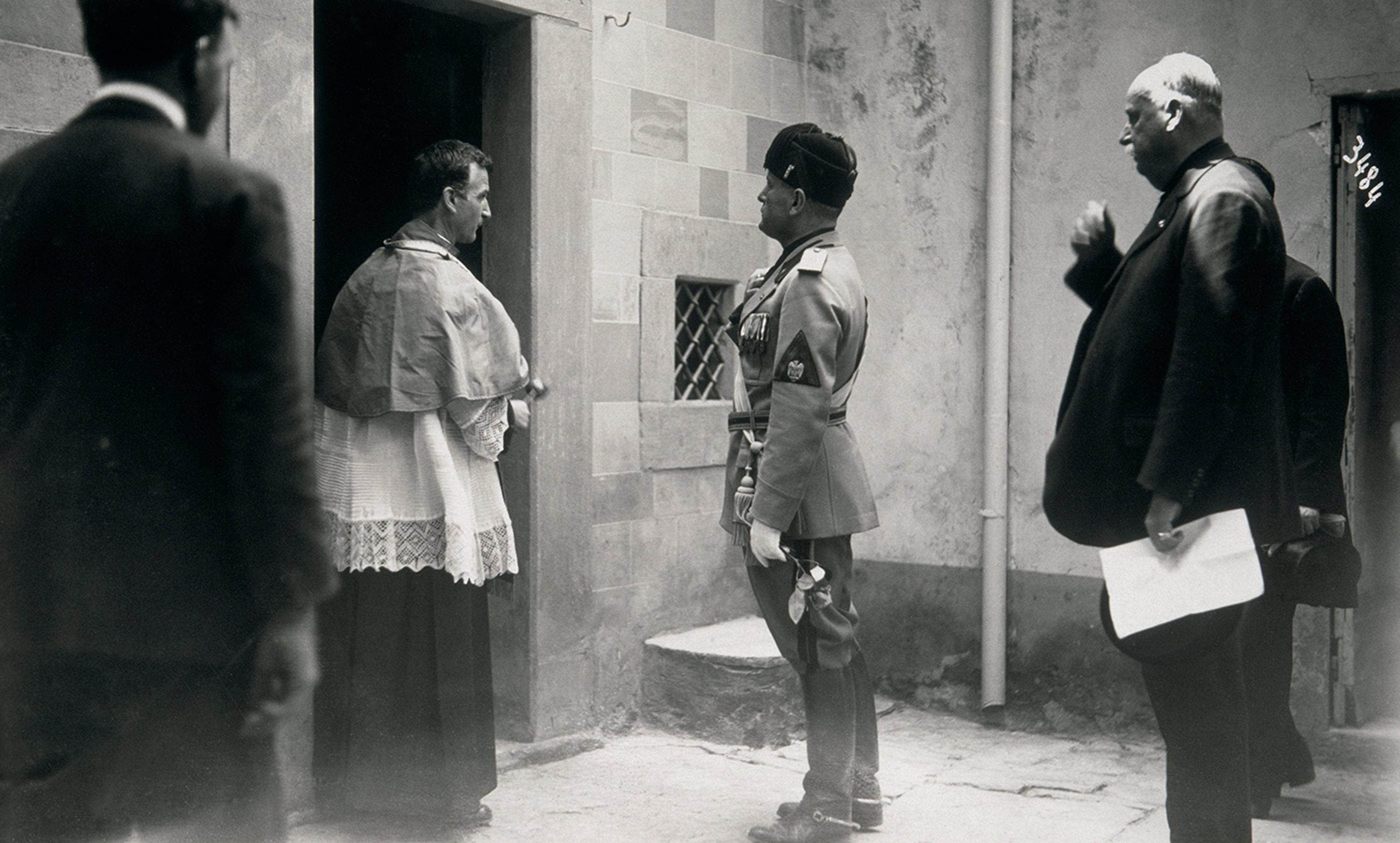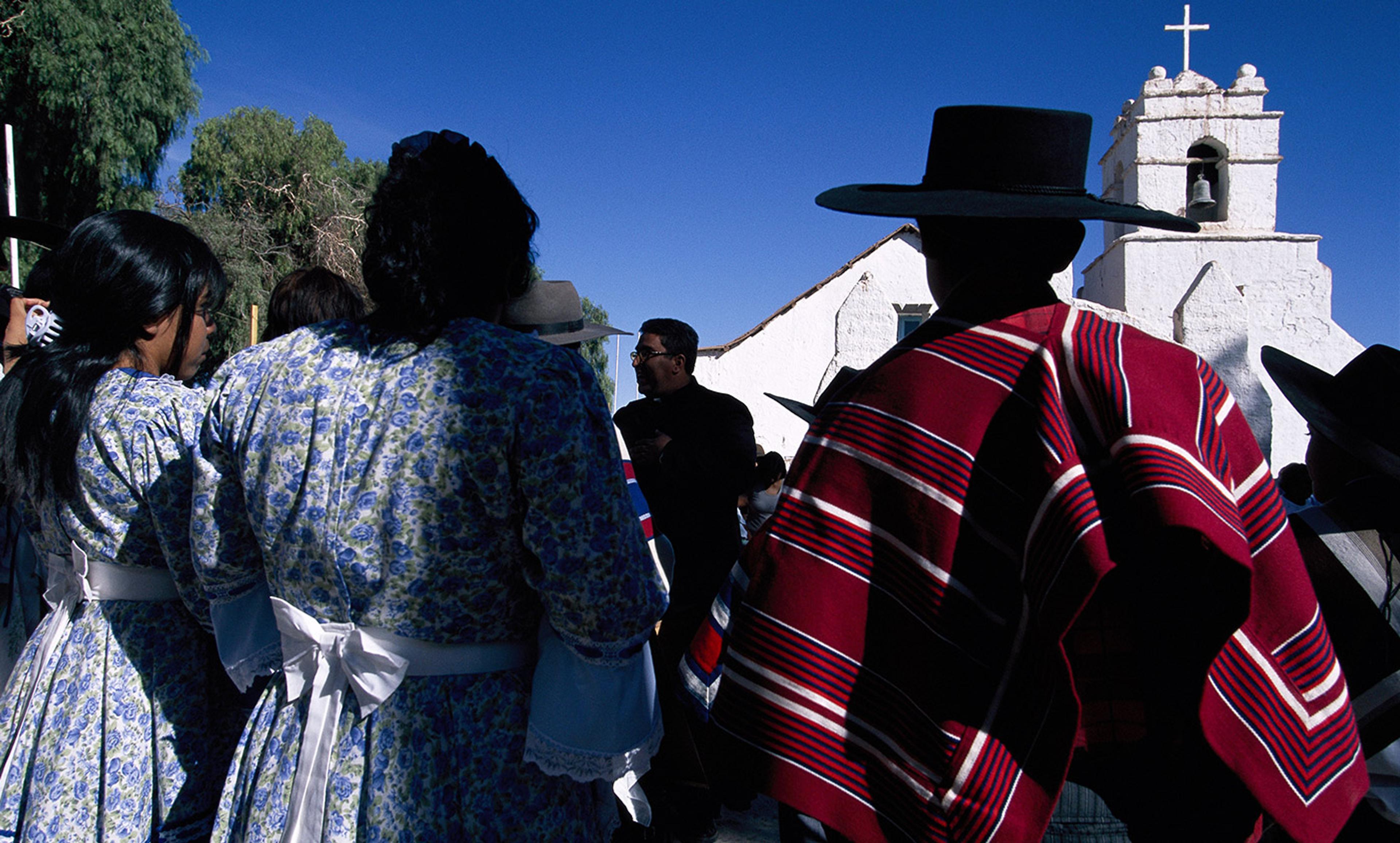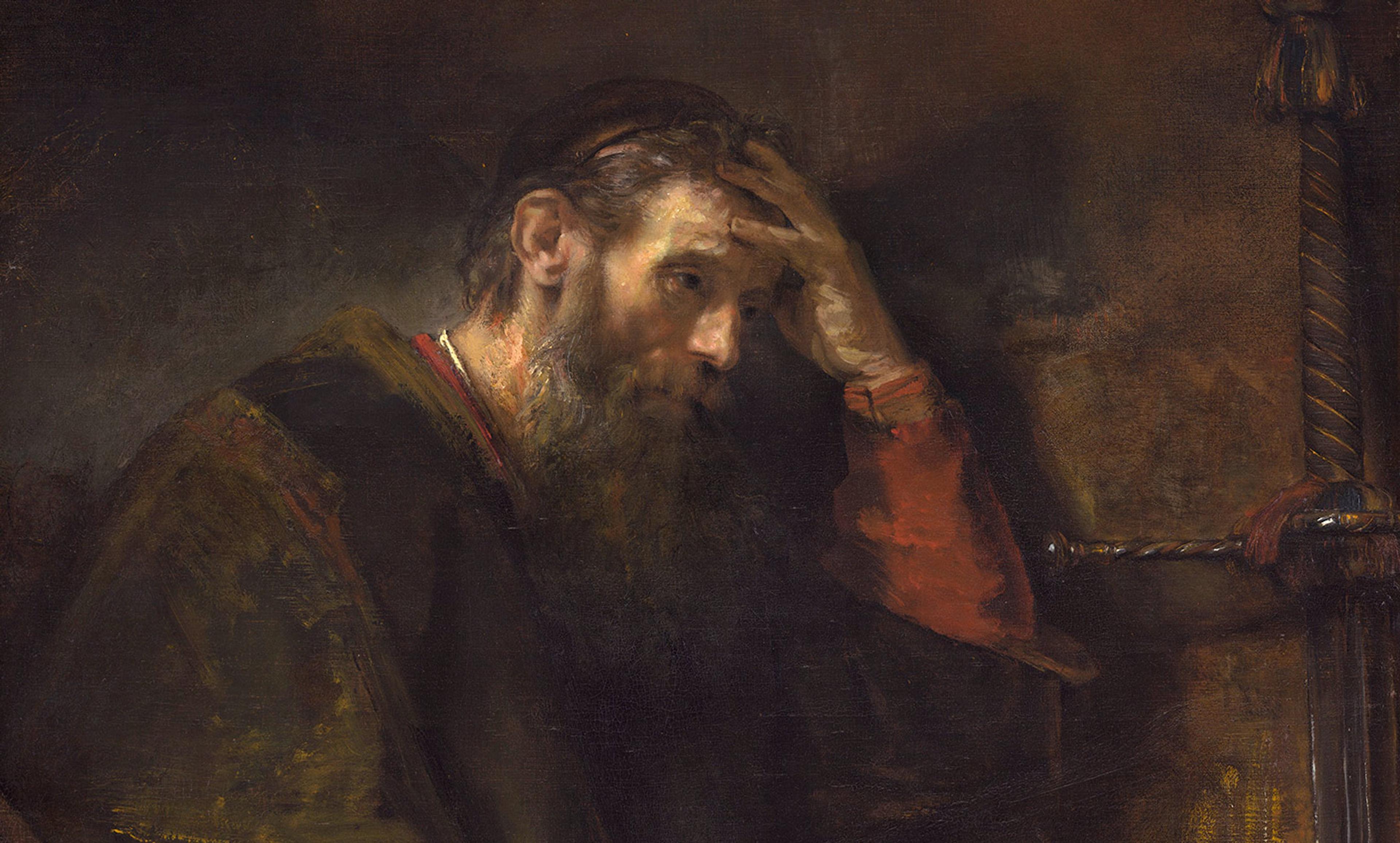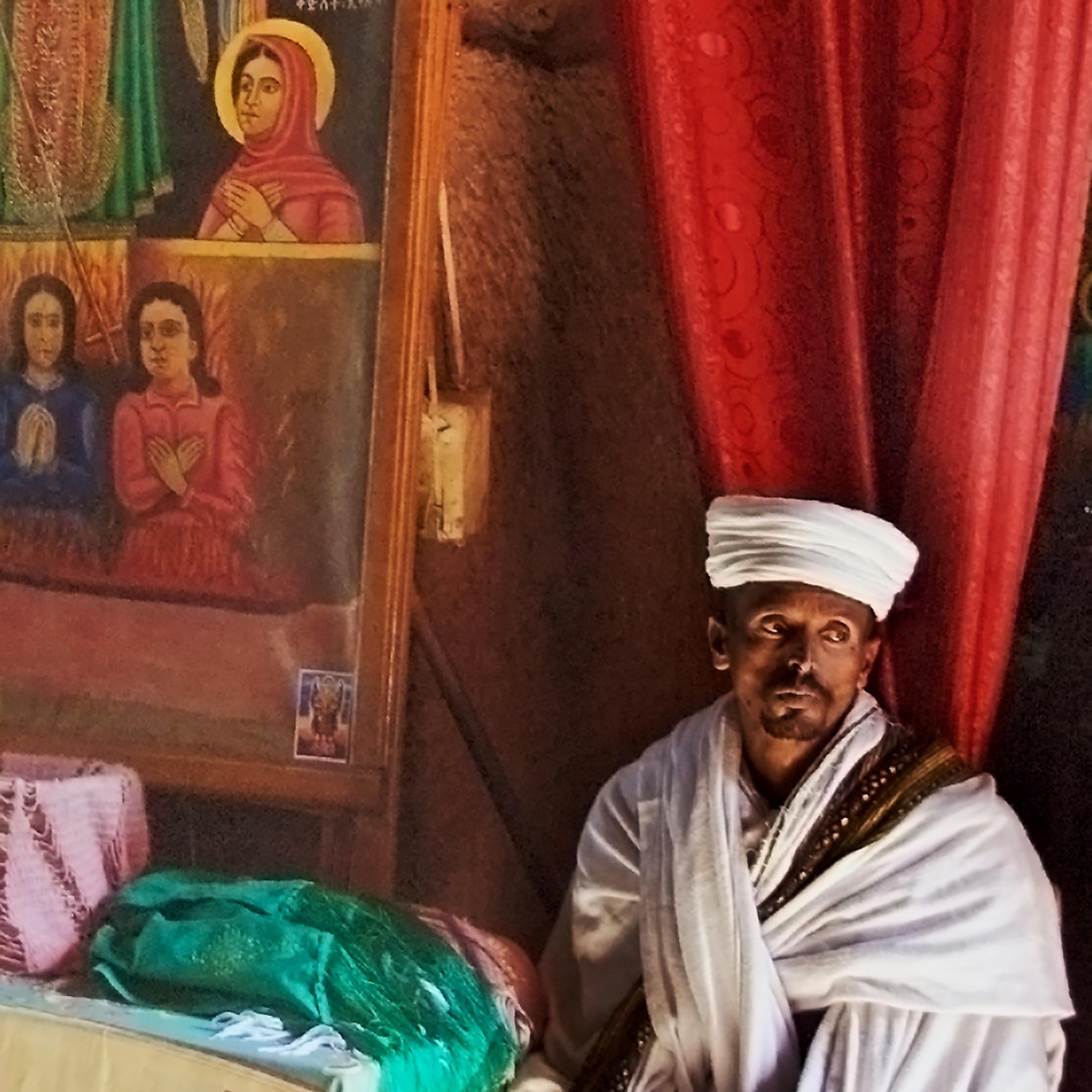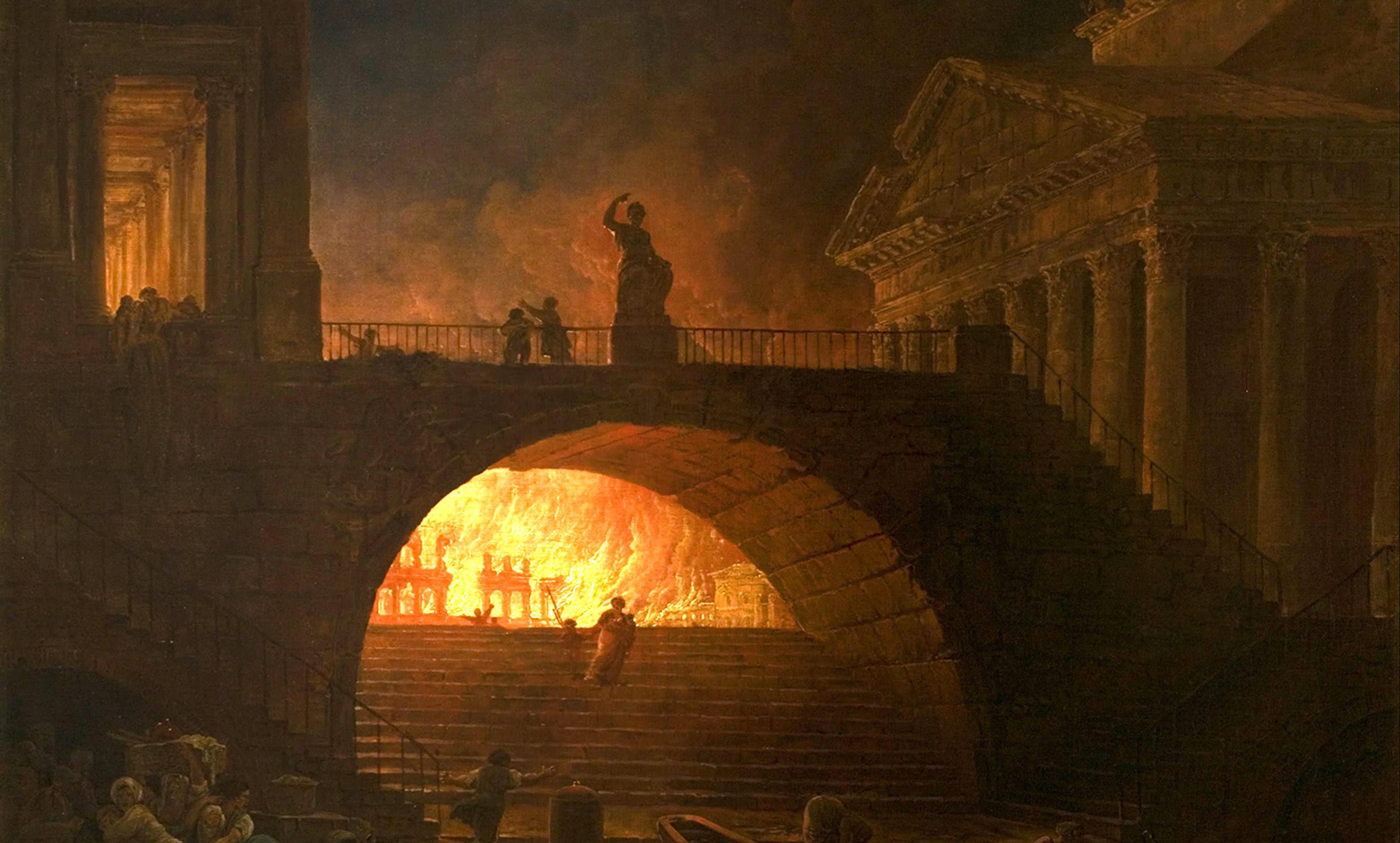Under threat; Mussolini attends chapel while on a visit to an estate in Bagno a Ripoli owned by Count Piero Ginori. Photo by Corbis/Getty
The 20th century is littered with failed global experiments. The British Empire roared into the century with the wind at its back, only to fall apart. The Russian Revolution promised to inaugurate a century of communist insurgency, but that dream, too, expired. Of all the global projects afoot in 1900, only two really survived to the century’s end. Global capitalism is one, and the Catholic Church is another. The survival of capitalism should not surprise us, perhaps – even Karl Marx was aware of the system’s explosive dynamism. But the Catholic Church? An institution that, in 1900, seemed like the most hidebound and antimodern on the scene, and that was committed to overturning the modern project in its entirety? How did this happen?
Most people presume that the great transition took place in the 1960s, and specifically at the Second Vatican Council (1962-65), when the Church officially signalled its openness to secular statehood, religious freedom and human rights. This is a mistake. Historians are reluctant to issue laws of history, but here’s one that seems reasonable: massive institutions do not fundamentally transform themselves in moments of relative placidity. The process requires too much energy and too much buy-in from cautious elites. They transform in moments of crisis, destruction and fear. The early 1960s were not such a moment for the Church. The 1930s, however, were.
The onset of the Great Depression in 1929 signalled a new era in European politics. Across Europe, the liberal centre fell apart with a whimper, as voters flocked towards extremes of fascism and communism. Catholics were horrified. Liberals had threatened Catholic schools, or at worst to wrest control over the appointment of bishops. Joseph Stalin and Adolf Hitler represented something new, and something even more alarming. From the Catholic perspective, they were ‘totalitarian’. They were claiming total allegiance over their subjects, body and soul. Both were critical of the Churches, which after all represented alternative principles of law and morality in states that were aggressively trying to turn a variegated population into a unified whole.
In the face of totalitarianism, Catholics confronted the very real possibility that their ability to receive the sacraments, let alone attend Catholic schools, might soon be abridged. As Europe hung in the balance between Hitler and Stalin, the notion that some kind of Catholic political revival was in the offing seemed preposterous, and dangerous to even consider (Hitler had sensitive antennae for such things). This led Catholics, from the papacy to the parish, to reimagine the nature of their Church. For, as all good Christians know, death and rebirth are a hair’s breadth apart.
Their goal was no longer to offer an alternative to modernity, nor to even imagine that the Church would be at the centre of some future society. The goal, instead, was to use modern language to make claims on secular states so that Catholics could protect the Church, and see at least some Catholic principles codified into law. It was in these years, and for these reasons, that Catholics accepted human rights, religious freedom and secular modernity.
Catholics in the 1930s were faced with an agonising set of choices. If the holistic Catholic renewal they had long dreamed of was off the table, what should take its place? Where should the Church stake its claim? Most Catholic leaders and thinkers opted to retrench around the family. For the first time, Catholics placed sexual and reproductive ethics at the very centre of their social and political mission. They did so for two reasons. First, Catholics reasoned that control over the family, as a site of moral education and instruction, would ensure institutional survival in a world that seemed to be falling apart. Secondly, Catholics reasoned (with some justice) that Catholic family ethics would be acceptable to secular politicians, whether it be Hitler or Franklin Roosevelt. These figures, after all, had their own reasons to oppose contraception, divorce and homosexuality.
The choices that Catholics made in the 1930s have ricocheted to the present. Catholics have organised with immense success around same-sex marriage, abortion and other reproductive issues, pressuring secular states to encode Catholic teachings into law. This has never been the only way to theorise a Catholic modernity, however. Ever since the 1930s, a dissident faction has observed that this focus on the family has been counterproductive, leading the Church into alliances with forces that in other ways have been antagonistic to Catholic values. They have not rejected Catholic teaching on these matters, but they have disputed the overwhelming emphasis on them, and they have sought to recover other elements of the long Catholic tradition that are more concerned with economic, racial or ecological injustice.
It is no secret that these two wings of the Church coexist today. Pope Francis has expressly questioned the over-emphasis on sexual matters, seeking to recover a broader notion of what a Catholic modernity might entail. His many critics complain that he is giving away too much, and abandoning the family as the citadel of virtue in a world gone mad. This dispute is, however, misconstrued if we date it to the 1960s. The Church did not transform in a lame attempt to seem ‘up-to-date’ in a world where John Lennon could claim, with some justification, to be bigger than Jesus. And the faultlines of the present do not represent, fundamentally, two different attitudes to the mass consumption and sexual revolution of the late 1960s. They represent two different responses to the fundamental problem of how the Church should interact with modern political projects: a question that was first faced, in all its drama, in the era of fascism.
Might the Church, then, be on the dawn of another fundamental reimagination of its nature, and of its relationship to the world? It is too early to tell, though for all of the fire and fury surrounding Pope Francis, the modern Church is not putty in the hands of the papacy. In the 20th century, the Church transformed only when bishops, clergy and powerful lay voices came to believe that the institution was in dire danger. There are no threats of the totalitarian magnitude on the horizon, although it is certainly imaginable that they might emerge one day.
The very success of the 20th-century Church might be weighing down its 21st-century successor. Whatever the fate of their eternal souls might be, living Catholics are like the rest of us: eternally fighting the last war. The struggle against totalitarianism has concluded. Catholics won, and the contemporary Church was shaped to the core by that battle. Can that Church be repurposed for a new world – a post-totalitarian, but still extremely dangerous, one? This is one of the crucial questions of our times, and while history suggests that it might not, there is no way to be sure. The Church has surprised us before.
This Idea was made possible through the support of a grant from the Templeton Religion Trust to Aeon. The opinions expressed in this publication are those of the author and do not necessarily reflect the views of the Templeton Religion Trust.
Funders to Aeon Magazine are not involved in editorial decision-making, including commissioning or content-approval.
